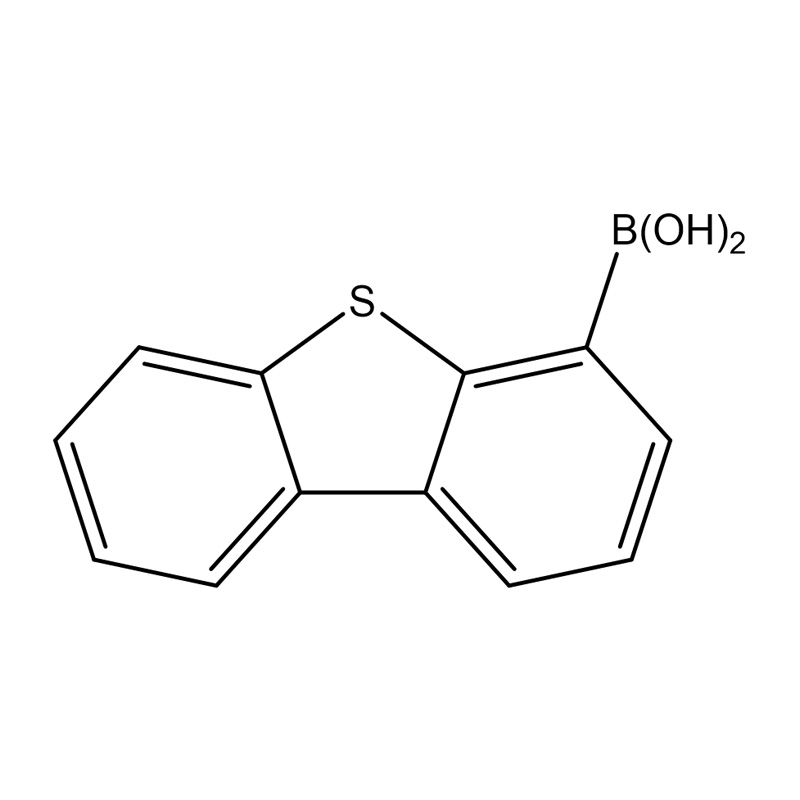What Makes Quinoline Derivatives So Indispensable in Modern Chemistry?
Apr 18,2025Exploring the Potential of Carbazole Derivatives: Unlocking New Horizons in Organic Chemistry
Apr 11,2025What Are Polymide Derivatives and Why Are They Essential in Modern Applications?
Apr 03,2025How Are Thiophene Derivatives Used in the Pharmaceutical Industry?
Mar 25,2025How Do Thiophene Derivatives Behave Under Nucleophilic Substitution Reactions?
Mar 20,2025Thiophene and its derivatives have shown diverse functions and applications in the field of smart materials, especially in terms of responding to external stimuli, shape memory, color change, etc. The following are the main performances of thiophene-based materials in smart materials:
Thiophene-based materials can undergo redox reactions when an electric field is applied, resulting in a reversible change in the color of the material. For example, polythiophene polymers can change from transparent to dark colors (such as blue or green) under electrochemical conditions, which makes them suitable for smart windows, displays with adjustable light transmittance, and mirrors.
These electrochromic materials can be used to develop smart windows that can dim according to changes in electrical signals, or as color-adjusting elements in displays and e-paper technologies.
Thiophene-based materials can be designed as part of shape memory polymers, which can return to their original shape under specific stimuli (such as heat, light, electric field). For example, by introducing thiophene into shape memory polymers, the material can trigger shape changes under light or electrical stimulation. Some thiophene-based polymers can be designed to change shape when heated, which is suitable for smart devices that require thermal shape recovery functions.

Thiophene-based materials can be designed to self-heal, that is, they can automatically repair themselves under certain conditions after being damaged. Such materials can respond to external stimuli (such as heat, light, and electric fields) to promote the rearrangement or cross-linking of molecular chains and restore the mechanical strength of the material. Self-healing thiophene materials have important application potential in flexible electronic devices, smart coatings, and structural composites, extending the service life of these materials.
Thiophene derivatives can be designed to undergo reversible changes in chemical structure under light, causing color changes. For example, some thiophene-based materials change color under ultraviolet light and return to their original state under visible light. These materials can be used in smart windows, photosensitive materials, and color-changing glasses to adjust the optical properties of the materials through light conditions.
Thiophene-based materials can respond to specific gases (such as ammonia and nitrogen dioxide) and detect the presence and concentration of gases in the environment through changes in conductivity or optical properties. These materials can be designed into flexible sensors for environmental monitoring and industrial safety. Thiophene-based smart sensors can be embedded in building materials for real-time monitoring of air quality or used as sensing components in wearable devices.
Thiophene materials can be designed as temperature-responsive materials that change color or other physical properties at a certain temperature. Such materials can be used to make temperature sensors, smart packaging, and temperature indicator labels. Combined with the thermosensitive properties of thiophene-based polymers, the materials can transform in shape when the temperature changes, and can be used in automatic deformation devices or temperature-controlled actuators.
Thiophene derivatives can change their electronic structure under the action of a magnetic field, thereby changing color or conductivity. Such materials can be used to develop smart devices with adjustable electromagnetic responses. By combining thiophene-based materials with other functional materials, smart composite materials for electromagnetic interference shielding can be manufactured, which can change their shielding effectiveness in the presence of an electromagnetic field.
Thiophene-based materials can be used as key components in flexible electronic devices, providing high conductivity, flexibility, and mechanical durability. These materials can be integrated into wearable devices to respond to physical activity or environmental changes. Smart clothing, flexible displays, wearable medical devices, and other fields may all use thiophene-based smart materials.
Thiophene-based materials have broad application prospects in the field of smart materials, especially in terms of responsiveness and controllability. These materials provide a wealth of design and functional options for the development of new smart devices, driving advances in materials science and application technology.
Copyright © 2023 Suzhou Fenghua New Material Technology Co., Ltd. All Rights Reserved.
Custom OLED Material Intermediate Manufacturers

